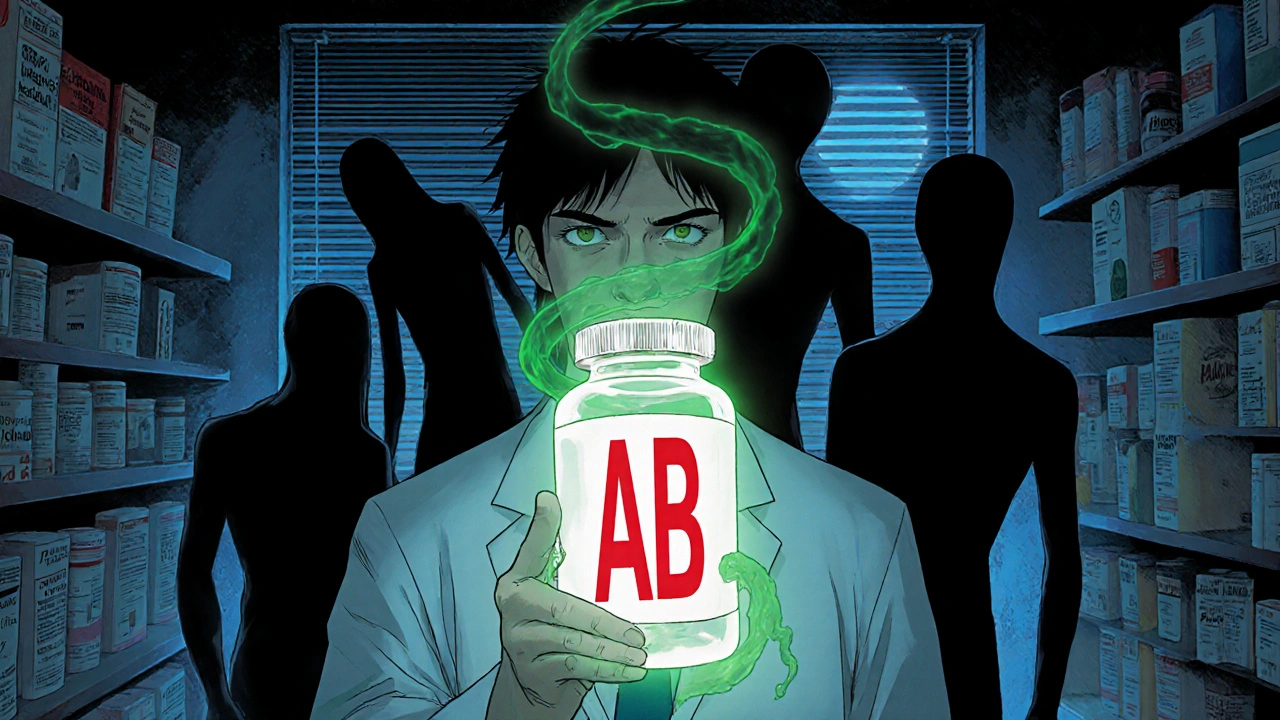Therapeutic Equivalence: What It Means and Why It Matters for Your Medications
When you pick up a prescription, you might see a generic version instead of the brand you know. That’s not a compromise—it’s therapeutic equivalence, the official standard that says two drugs work the same way in the body, even if they look different. Also known as bioequivalence, it’s the reason your pharmacist can legally swap your brand-name pill for a cheaper one without your doctor’s approval. This isn’t marketing. It’s science. The FDA requires generic drugs to deliver the same amount of active ingredient at the same speed as the original, so your blood levels stay consistent. No hidden tricks. No weaker doses. Just the same effect, at a fraction of the cost.
But therapeutic equivalence isn’t just about price. It’s about control. If you’re on a chronic medication like Cymbalta, an antidepressant used for nerve pain and depression, switching to a generic version shouldn’t throw off your mood or trigger new side effects. That’s why therapeutic equivalence matters for people managing conditions like depression, high cholesterol, or diabetes. When your body gets used to a specific drug pattern, even small changes in absorption can cause problems—unless the generic meets strict equivalence standards. That’s also why some people notice differences when switching between generic brands. Not because the drug is weak, but because inactive ingredients like fillers or coatings can affect how fast the pill dissolves. The FDA allows a small range of variation, but it’s tightly monitored.
Therapeutic equivalence also plays a big role in how Medicare and insurance companies manage drug costs. Under Medicare Part D substitution, rules that let insurers swap one drug for another based on cost and clinical equivalence, your plan might push you toward a generic version—even if your doctor didn’t prescribe it. That’s fine, as long as the switch is based on proven therapeutic equivalence. But if you’ve had bad reactions to a specific generic before, you have the right to request the brand. It’s not about preference—it’s about safety. And that’s why the list of posts below covers real-world cases where drug swaps matter: from generic vs brand name drugs, the everyday confusion on prescription labels, to how drug metabolism, how your liver breaks down medications can change the game in people with liver disease. You’ll find guides on switching antibiotics, comparing ED treatments, and even how to spot when a generic price spike isn’t about competition—it’s about supply chain breakdowns.
Therapeutic equivalence isn’t a technical footnote. It’s your right to get effective care without overpaying. But it only works if you understand when it applies—and when it doesn’t. Below, you’ll find real stories, practical comparisons, and clear explanations that cut through the confusion. No fluff. Just what you need to know to make smart choices with your meds.
Generic Prescribing Guidelines: What Doctors Need to Know in 2025
Discover the latest NHS and global guidelines on generic prescribing in 2025. Learn when to use generic drugs, which exceptions to watch for, how to handle patient concerns, and how to implement best practices in your practice.
read moreHow Pharmacists Verify Generic Equivalence: Practice Standards
Pharmacists use the FDA's Orange Book to verify that generic drugs are therapeutically equivalent to brand-name versions, ensuring safe and legal substitutions. This process relies on strict bioequivalence standards and state laws to protect patient safety.
read morePharmaceutical Equivalence for Generics: What It Really Means When You Fill a Prescription
Pharmaceutical equivalence ensures generic drugs have the same active ingredient, strength, and dosage form as brand-name drugs. It's the foundation for safe, affordable substitution - but it's not the whole story. Here's what it really means when you fill a prescription.
read more

